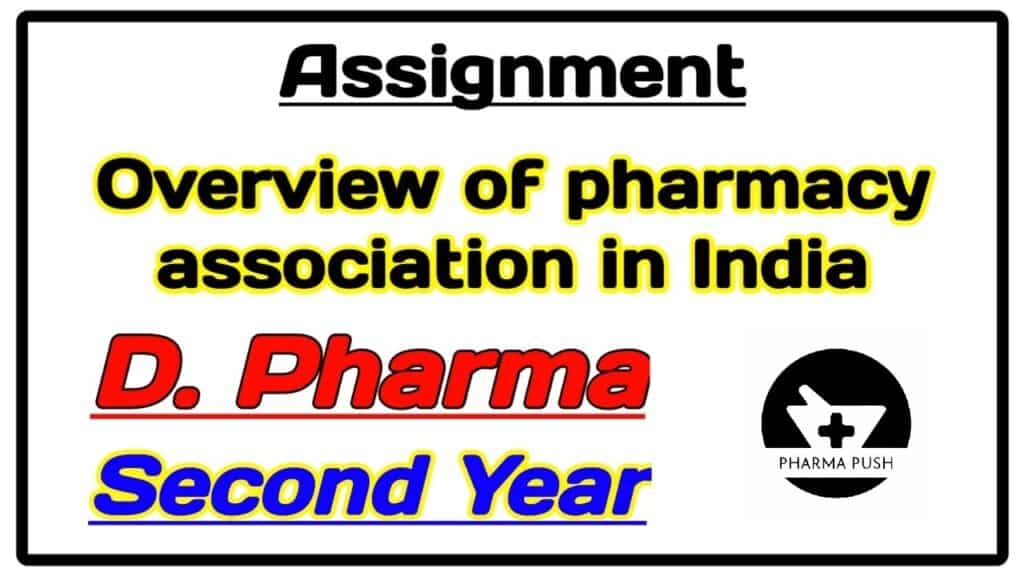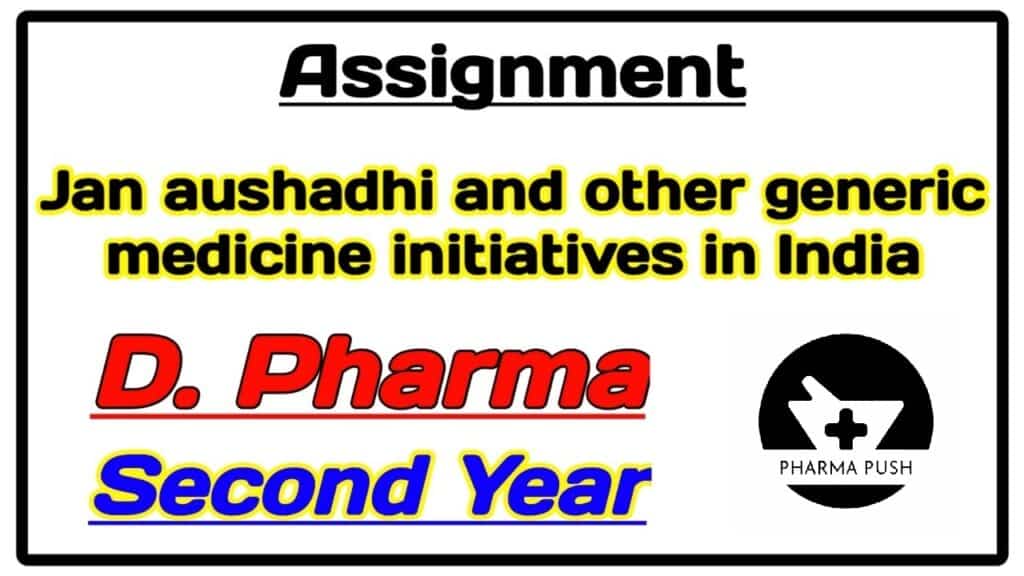Introduction of Patient Information Leaflet
A Patient Information Leaflet (PIL) is a document provided with prescription and non-prescription medications to inform patients about the medicine they are taking. It typically includes essential details such as the medicine’s name, its purpose or indications, dosage instructions, precautions, possible side effects, interactions with other medications or substances, and additional information for safe and effective use.
The Patient Information Leaflet serves as a guide for patients to understand how to take their medication responsibly and what to expect while using it. It aims to promote informed decision-making and adherence to treatment plans while ensuring patient safety.
Abstract
The purpose of patient information leaflets (PILs) is to inform patients about the administration, precautions and potential side effects of their prescribed medication. Despite European Commission guidelines aiming at increasing readability and comprehension of PILs little is known about the potential risk information has on patients. This article explores patients’ reactions and subsequent behavior towards risk information conveyed in PILs of commonly prescribed drugs by general practitioners (GPs) for the treatment of Type 2 diabetes, hypertension or hypercholesterolemia; the most frequent cause for consultations in family practices in Germany.
Background
A patient information leaflet is a technical document included in every medicine package to offer written information about the medication. Patient information leaflets (PILs) are provided by the manufacturer following a standard template consisting of the same types of information for every medication. Their main purpose is to inform patients about their medication regarding its administration, precautions and potential side effects. As required by Article 11 of Directive 2001/83/EC, the content of Patient Information Leaflet ought to be unbiased, evidence-based and presented in a clear, understandable and well-readable way to suit laypersons.
In 2004, the amended Directive 2004/27/EC demanded readability and comprehension testing of PILs. The European Commission issued the “Guideline on the readability of the label and package leaflet of medicinal products for human use”, which provides guidance on how to produce accessible and understandable package leaflets. More specifically, the guideline provides advice on the presentation of the content, design and layout including guidance on consultations with target patient groups and a way of undertaking a test of a package leaflet in order to optimize its usability. Specific recommendations for blind and partially-sighted patients are also provided.
You May Like: Global Overview of Online Pharmacies in easy language
As of November 2005 the European Commission guideline led to the introduction of readability user tests to demonstrate the readability and usefulness of the package leaflet to patients. Such tests became obligatory for newly authorized medicinal products.The purpose of user testing is to achieve legible, clear and easy to use package leaflets. Member states and the European Medicines Agency agreed on harmonized Quality Review of Documents (QRD) templates for package leaflets to ensure linguistic clarity, consistency and accuracy of PILs.
Discussion
The findings of our focus groups showed that Patient Information Leaflet – despite European Commission guidelines and those of other legislative bodies – still have considerable need for (linguistic) improvements. It has been demonstrated that PILs included in medicine prescribed for the treatment of Type 2 diabetes, hypertension or hypercholesterolemia have a deterrent effect on patients. Patient Information Leaflet contained too much risk information which was conveyed in a way that led to reduced patient compliance. Instead of PILs contributing to providing a sense of security or reassurance for patients, they provoked negative emotions which – among other reactions – led participants to discontinuing their medication or altering the dosage without prior consultation of their GPs.
There was a strong emphasis in the focus groups that GPs were considered the best source and enjoyed participants’ trust in providing general drug information as well as patient-tailored knowledge about side effects and drug interactions. Even pharmacists were not accepted as an equally competent source of delivering this information. Similar results have been obtained by Lee et al. where GPs trusted unquestioningly and were regarded as the primary provider of information about prescribed medications, followed by community pharmacists. This is contrary to the findings by Nair et al. who found that most patients consider pharmacists as the primary source of information since access was the main factor in determining from whom information was sought.
It is important to note that the majority of respondents in our study preferred a more passive role in the decision making process in the sense that respondents expressed a greater preference for their GPs to make all or most decisions. Despite evidence suggesting that active patient involvement in medical decision making may result in increased treatment adherence and improved outcomes, research on patient and provider characteristics associated with patient decision-making role preferences found that patients receiving lower levels of provider communication about decision making as well as patients being very satisfied with their care are more likely to prefer provider-made decisions.
You May Like: Role of Community Pharmacists in preventing Antimicrobial Resistance
Although GPs enjoyed a high degree of patients’ trust, on a daily basis they fell short of their expectations since they often provided minimal or no instructions when prescribing medication. Thus patients were left to their own devices to seek for information from sources that are more readily available then GPs; however, at times these were less reliable sources such as the internet.
Conclusions
The findings of our qualitative study have shown that current Patient Information Leaflet convey risk information in a way that provoked feelings of fear and anxiety in the reader. Such negative emotions cause patients to make alterations to their prescribed treatment regimen without prior consultation of their GPs. The raison d’être of PILs is to inform patients about application and risks of the prescribed medication in a clear, understandable and readily readable way. Yet, our results suggest that reading Patient Information Leaflet is associated with a decrease in medication adherence.
The challenge in designing future Patient Information Leaflet is to develop presentations which allow the conveyance of risk information in a way that is perceived as less frightening by patients but will still provide vital information necessary to make an informed decision on whether or not to take the prescribed medication. An informed decision not to take a specific medicine is an acceptable outcome. From the patients’ point of view, spoken information provided by their GPs is preferred to reading PILs. This holds true especially for the conveyance of risk information.
The quality and the extent of the patient-physician relationship may also contribute to calming down frightened patients. Yet physicians are also encouraged to welcome patients who make use of written information in order to evoke questions that can be discussed during consultation with their GPs.
To improve Patient Information Leaflet further it is suggested that regulators and producers of such written information consider greater involvement of target patient groups at all stages of the production process. More precisely, during the production process specific emphasis should be placed on testing the degree of emotional arousal provoked in patients when reading certain risk information.
Future generations of Patient Information Leaflet should aim at providing information about possible side effects and drug interactions in a language of risk that is causing less anxiety in order to diminish or – if at all possible – avoid typical “knee-jerk reactions” such as altering the dosage or discontinuing the prescribed medication. This is vital because Hartley & Phelps conclude from their review on the relationship between anxiety and decision-making that: “anxiety increases the attention to negative choice options, the likelihood that ambiguous options will be interpreted negatively and the tendency to avoid potential negative outcomes even at the cost of missing potential gains.”
References
- European Parliament and the Council of the European Union . Directive 2001/83/EC of the European Parliament and of the Council of 6 November 2001 on the Community Code relating to medicinal products for human use. 2004. [Google Scholar]
- 2. European Parliament and the Council of the European Union . Amended by Directive 2004/27/EC of the European Parliament and of the Council of 31 March 2004 amending Directive 2001/83/EC on the Community code relating to medicinal products for human use. 2004. [Google Scholar]
- European Commission . Guideline on the readability of the labelling and package leaflet of medicinal products for human use. Revision 1. 2009. [Google Scholar]
- Quality Review of Documents Group . QRD Annotated Template: Revision of the Product Information. London: European Medicines Agency; 2010. [Google Scholar]
- Quality Review of Documents . Draft Version of the QRD Annotated Template for External Consultation. 2009. [Google Scholar]


